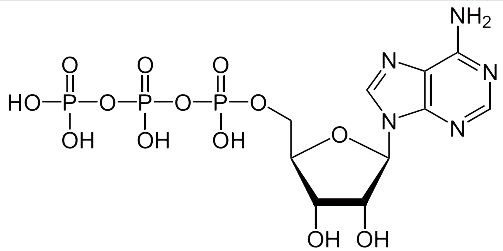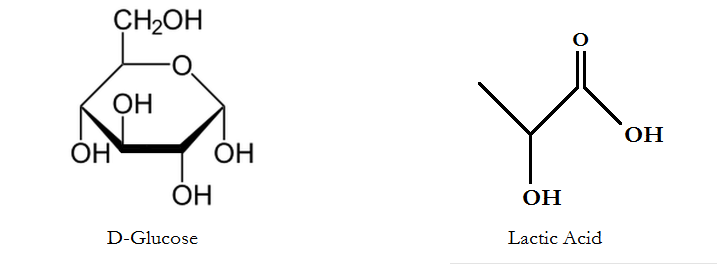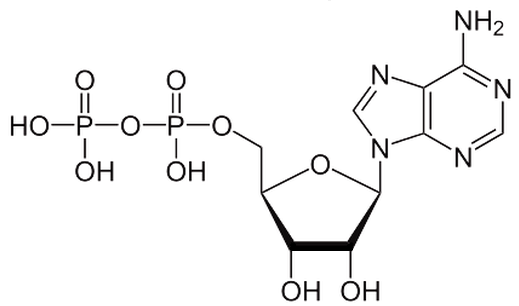
When a person or animal dies, it doesn’t take long before the body grows cold and stiff. Cold makes obvious sense, but why stiff? Why does rigor mortis [Latin for stiffness of death] set in?
Chemistry of Rigor Mortis
Rigor mortis results from chemical changes within the muscles – it’s body chemistry. The chemical enabling muscle flexing is ATP (adenosine triphosphate). When breathing ceases, breathing ceases. Lack of oxygen severely diminishes ATP production. If the individual dies, the body begins cooling right away, but muscle stiffening does not set in immediately.

Before R. M. – a Second ATP Production Process
There is a secondary process for producing ATP. It involves anaerobic glycolysis, the breakdown of glucose into lactic acid. Simply written, it is
1 glucose → 2 lactic acid

but the process includes intermediate steps. These regenerate ATP from ADP (adenosine diphosphate). This source lasts only three or four hours. After that, the lack of ATP, coupled with some calcium cross-bridging, causes the muscles to stiffen.

Forensics
The delay in onset of rigor mortis is predictable and frequently enables forensic scientists to approximate time of death.
Note: You might also enjoy Components and Functions of Neurons
References:
- San Diego State University: Anaerobic Glycolysis
- U. of Washington: Structure and Function of Skeletal Muscle

Hmm, the breakdown of glucose into lactic acid. Is this the same as the production of lactic acid during anaerobic exercise?
Ordinary exercise allows for glucose to be oxidized to lactic acid aerobically. The result is energy production to achieve the result. But heavy exercise can overpower the aerobic method of conversion. Then some of the energy must come from the anaerobic process.
Thank you. The lactic acid gives sore muscles and they can be stiff too, after heavy exercise. Not quite as stiff as rigor mortis, I hope!!!